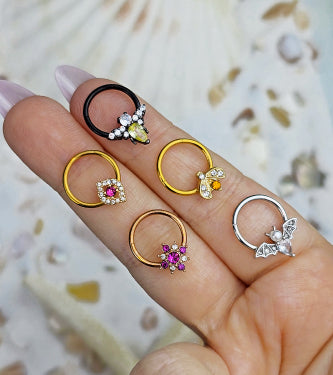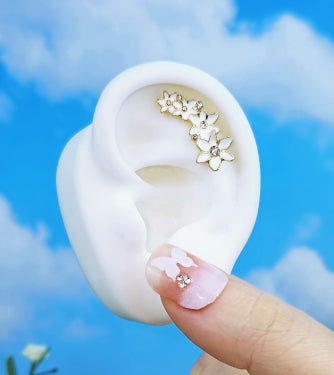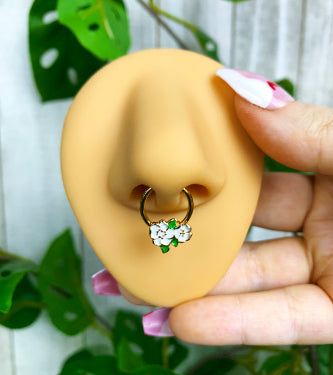Sugar Skulls
Sugar skull artwork is actually based upon a staple of Day of the Dead foods: candy. Tiny skulls made out of sugar dough or marzipan are regularly made for children to eat during Dia de los Muertos festivities, particularly on November first, the Dia de los Angelitos (Day of the Little Angels). This day is designated specifically to honor the souls of children who have passed, and many families will lay out special altars with offerings of sugar skull candy, fruits, and the favorite beverage of their departed child. The little skull confections are generally decorated festively with icing in swirls or floral designs.
Catrinas
Recognized as a modern symbol of Mexican heritage, the Catrina has become synonymous with Day of the Dead celebrations. The name “Catrina” is short for “la Calavera Catrina,” meaning the Elegant Skull, and is taken from an illustration printed by famous Mexican illustrator José Guadalupe Posada in the early 1900s. Since it’s re-release in subsequent decades, the original image of a skeletal woman wearing high class European finery has changed considerably to include more distinctly Latin motifs, such as sugar skull markings, crowns of flowers, and traditional Mexican sandals called huaraches.
Deathly Florals
During the three day celebration of Day of the Dead, altars are often built, both within the home, and at the graves of deceased loved ones. Along with offerings of bread, sweets, and tequila, orange marigolds will often be laid upon these displays, as they are believed to attract the souls of the dead. The marigold is so connected to the realm of the departed in Mecian folklore, that the flower is sometimes referred as flor de muerto, or flower of the dead.







